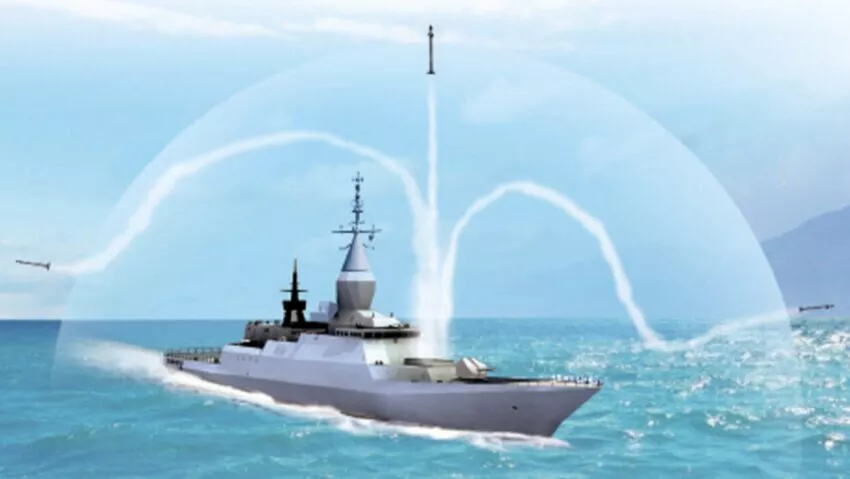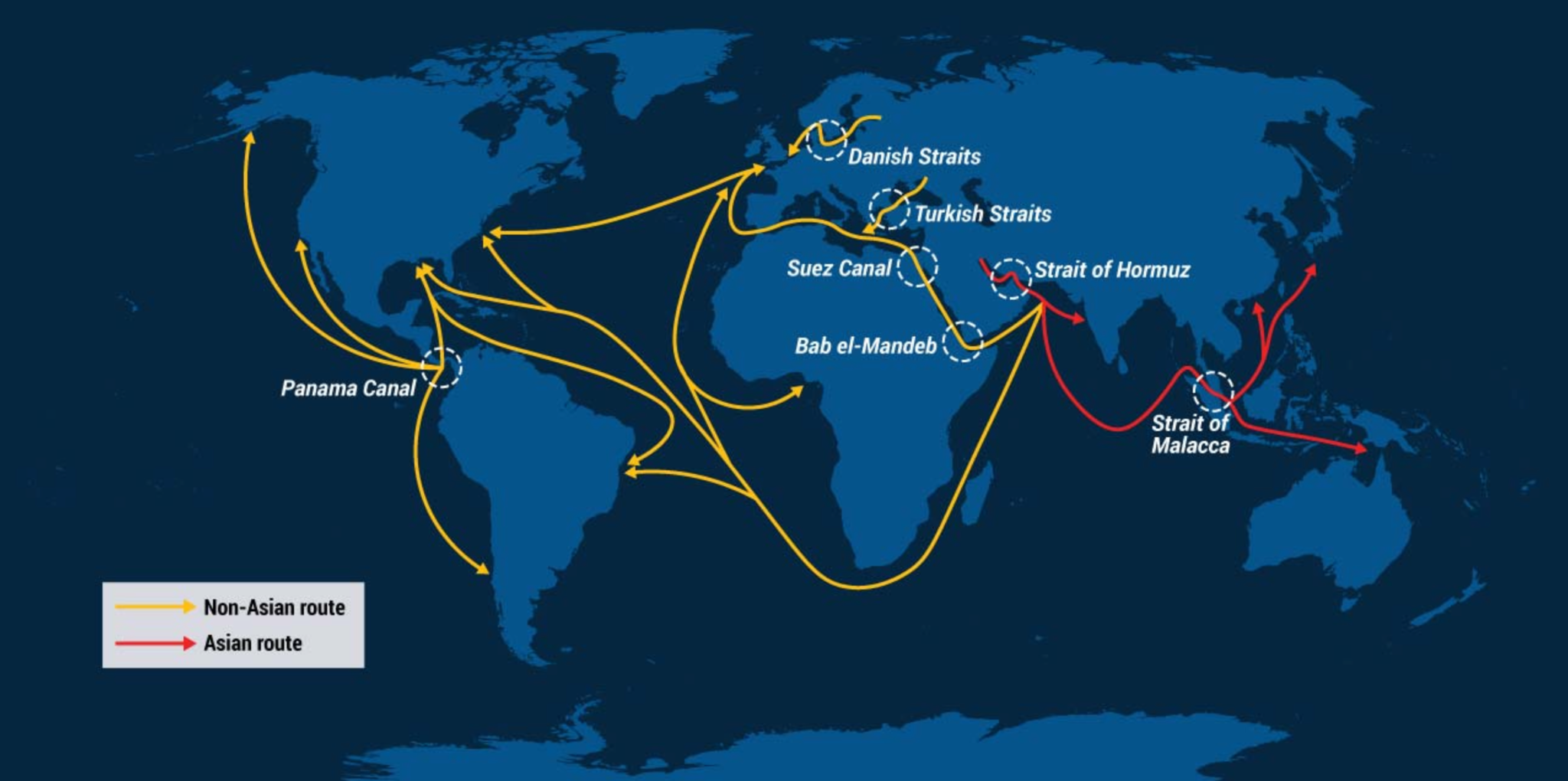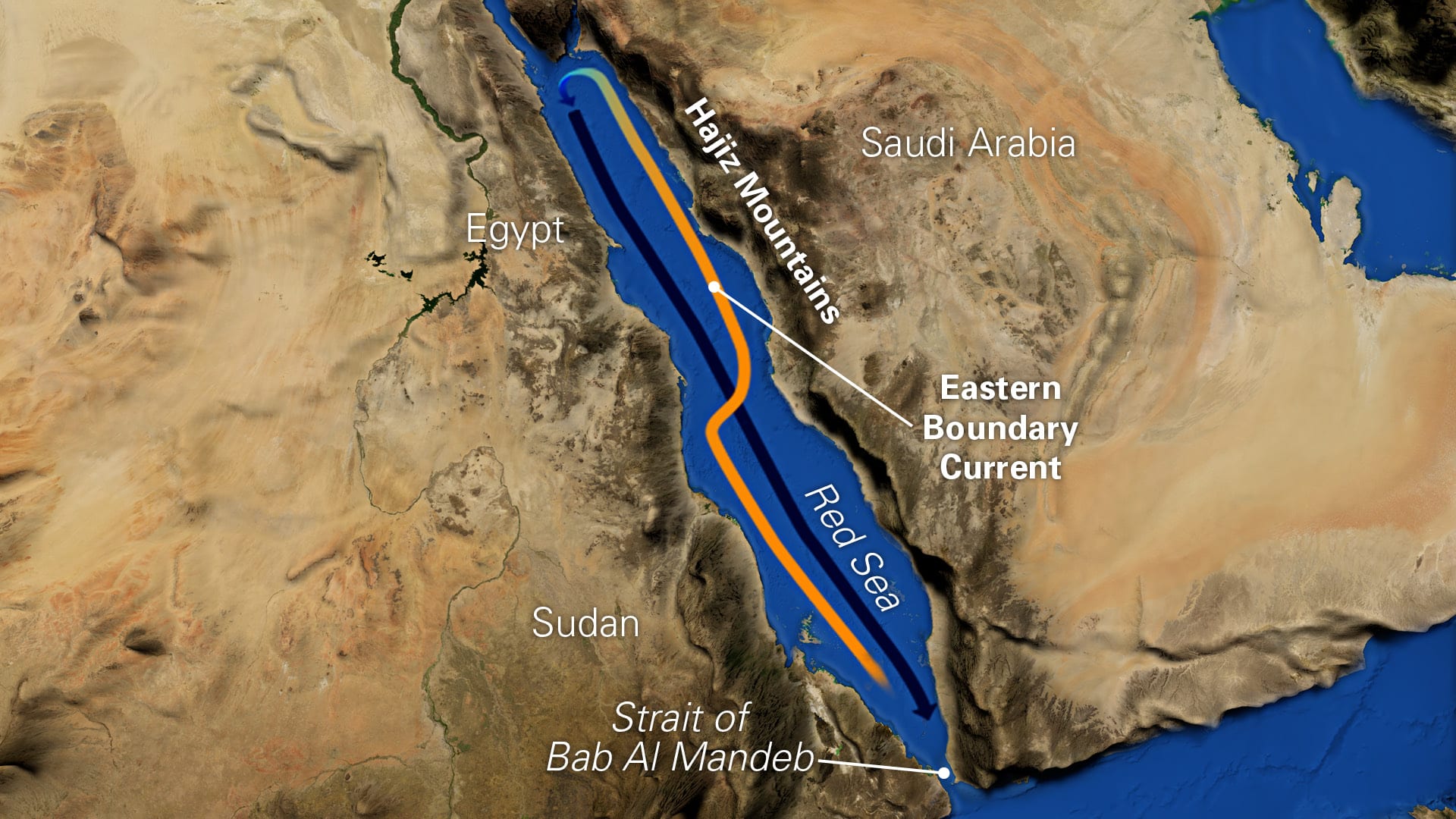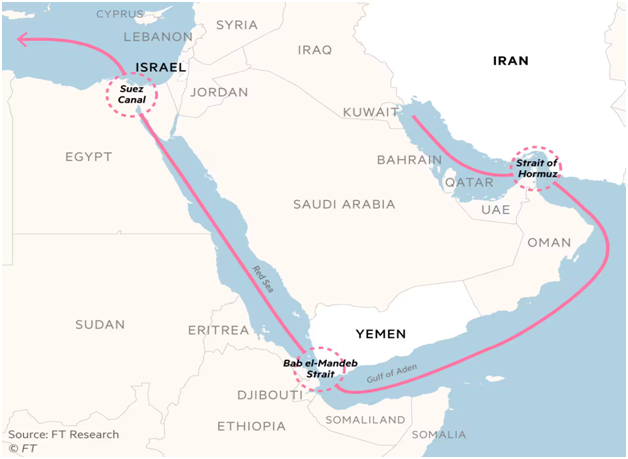C-Dome Defense System

- 10 Apr 2024
Why is it in the News?
Israel for the first time used a seaborne missile defense system to shoot down a drone approaching from the Red Sea that had set off sirens in the port city of Eilat.
What is the C-Dome Defense System?
- The C-Dome is a naval version of Israel's Iron Dome air defense system, designed to protect against rocket and missile attacks.
- Drawing from Iron Dome's technology, C-Dome shares its 90% effectiveness rate and utilizes radars to detect and destroy short-range rockets with its missiles.
Operational Deployment and Integration:
- First unveiled in 2014 and declared operational in 2022, the C-Dome is mounted on Sa'ar 6-class corvettes and German-made warships.
- It employs the same interceptor as the Iron Dome but differs in its integration with the ship's radar for target detection, ensuring full-circular vessel protection.
Combatting Modern Threats:
- C-Dome's primary objective is to counter a wide range of modern maritime and coastal threats with high kill probability.
- Its successful deployment and performance underscore its pivotal role in safeguarding Israel's naval interests and assets against evolving security challenges.
About Iron Dome:
- Developed by Rafael Advanced Defense Systems and Israel Aerospace Industries, the Iron Dome is a cutting-edge air missile defense system that offers protection against short-range rockets by intercepting them above Israeli territory.
- With its multi-rocket handling capacity, Iron Dome became operational in 2011 and features:
- All-weather capabilities for day and night functionality
- Launching versatility with various interceptor missiles
- A range of approximately 40 miles
- Portable design for deployment on ships or land
- Adaptive defense through reloadable interceptors
Iron Dome consists of three key elements:
-
- Radar system for detecting incoming rockets
- Command-and-control mechanism to evaluate threat levels
- Interceptors are designed to neutralize incoming rockets before impact
- These components work in tandem to provide Israel with a robust and reliable defense against aerial threats.
How two choke points could turn into a perfect storm for global trade (Indian Express)

- 01 Jan 2024
Why is it in the News?
Shipping giant Maersk on Sunday suspended passage of its vessels through the Red Sea route for 48 hours after fresh attacks by Yemen-based Houthi rebels. This comes barely a week after the company announced plans to resume operation citing the deployment of a US-led military operation to guard the crucial sea route.
What do the ongoing Red Sea and Panama Canal crises mean for world trade?
- A disruption in maritime transport is a crucial concern for the world economy, as over 80 per cent of the global goods trade is carried by sea.
- The share of trade via sea is much higher for developing countries such as India.
- Currently, two important shipping routes are facing blockages.
- Bab-el-Mandeb Strait which leads to the Suez Canal in the Red Sea region connects Asia and parts of North East and East Africa to Europe.
- The 100-year-old Panama Canal connects the Atlantic and Pacific Oceans.
- Both these routes are among the busiest in the world and a blockage results in forcing global shipping lines to take longer alternate routes, pushing up freight rates.
- The disruption at the Red Sea route, for instance, is estimated to push the prices of Indian agricultural products by 10 to 20 per cent, as shipments would be routed around Africa via the Cape of Good Hope.
- This comes at a time when much of the West is witnessing higher interest rates to curb inflation.
- Higher prices could further fuel demand concerns for global and Indian exporters.
Why is trade via the Panama Canal slowing?
- Shipping via the Panama Canal has dropped by over 50 per cent due to drought conditions at the 51-mile stretch.
- Due to the shortage of water, ships moving from Asia to the US are being forced to use the Suez Canal, which takes six more days compared to the Panama Canal.
- Moreover, Panama is facing its driest rainy season in decades, raising fears of prolonged canal bottlenecks.
How have the attacks impacted freight rates?
- Ever since the attacks along the Bab-el-Mandeb Strait began, global shipping firms have begun imposing war risk surcharges over and above the normal freight rates.
- Indian exporters said that freight rates for Indian shipments headed to Europe and Africa could surge as much as 25-30 per cent if the ongoing security concern along the Red Sea trade route continues.
- This is troubling, as the European Union is one of India’s second-largest export destinations.
- Slowing demand from the region has impacted India’s labour-intensive sectors, such as textiles, gems and jewellery exports.
Panama Canal
- It is an artificial canal that spans the Isthmus of Panama and links the Atlantic and Pacific oceans.
- Together with the Suez Canal, it is one of the two most strategically important man-made waterways in the world.
- It has a length of around 80 kilometres.
- The United States constructed the canal between 1904 and 1914, and on August 15, 1914, it was formally inaugurated.
- Since 1999, when control of the Canal was moved from the United States to Panama, it has been owned and operated by the Republic of Panama.
- To make it easier for ships to cross the continental divide, the Panama Canal is made up of a network of locks that raise and decrease the water level.
US launches Red Sea force as ships reroute to avoid attacks (The Hindu)

- 20 Dec 2023
Why is it in the News?
U.S. Defense Secretary Lloyd Austin on Tuesday announced the creation of a multinational operation to safeguard commerce in the Red Sea following a series of missile and drone attacks by Yemen's Iran-aligned Houthis.
Context:
- The U.S. Defense Secretary recently revealed the establishment of a multinational operation to protect commerce in the Red Sea.
- This decision comes in response to a string of missile and drone attacks by Yemen's Iran-aligned Houthis.
- The gravity of these attacks has prompted several shipping companies to instruct their vessels to remain stationary and avoid entering the Bab el-Mandeb Strait until the security concerns are addressed.
About the Red Sea:
- The Red Sea is a narrow waterway extending southeastward from Suez, Egypt, to the Bab el-Mandeb Strait.
- The Bab-el-Mandeb Strait links the Red Sea to the Gulf of Aden, providing a connection between the Mediterranean Sea and the Arabian Sea.
- Essentially, it is a narrow inland sea positioned between the Arabian Peninsula and Africa.
- The Red Sea acts as a boundary, separating the coastlines of Egypt, Sudan, and Eritrea from those of Saudi Arabia and Yemen.
- The Gulf of Aqaba, an extension to the northeast, stretches into southern Israel and southwestern Jordan.
- Significance: The Red Sea boasts some of the planet's hottest and saltiest seawater.
- It stands as one of the most heavily traversed water routes globally, facilitating maritime traffic between Europe and Asia.
- Relevance for India:
- Potential disruptions along this route could lead to a significant surge, up to 25-30%, in freight rates for Indian shipments bound for Europe and Africa.
- For India, the Red Sea trade route serves as the most direct path for ships traveling from Asia to Europe.
- India heavily depends on the Bab-el-Mandeb Strait for crucial aspects such as crude oil, LNG imports, and trade with regions in West Asia, Africa, and Europe.
- This passage is critical, accounting for 30% of global container traffic.
Who are the Houthi Rebels?
- The Houthis are a Shiite Muslim sect with roots that date back centuries in Yemen.
- Members of the religion are a minority in Yemen, which is predominantly Sunni Muslim, but they are a significant one, numbering in the hundreds of thousands and making up as much as a third of the overall population.
- Named after the Houthi tribe, they adhere to Zaydi Shia beliefs within Islam, emphasizing the lineage of Prophet Muhammad's family as the political leaders of the state.
- Also recognized as Ansar Allah, translating to "Supporters of God."
- Involvement in Yemen's Civil War: A major faction in Yemen's nearly decade-long civil war, starting in 2014 when Houthi insurgents seized control of Yemen's capital, Sanaa.
- By early 2015, Saudi Arabia, supported by other Gulf states and the U.S., conducted airstrikes against the Houthis, who have backing from Iran.
- Although a ceasefire was signed in 2022, it lapsed after six months, with the parties involved not returning to full-scale conflict.
- Houthi Attacks on Red Sea Ships:
- Iran-backed Houthi rebels from Yemen have targeted ships in the Red Sea in response to Israel's military actions in Gaza.
- The Houthis, supporting Hamas, declared on November 19 their intent to attack vessels they believe are traveling to and from Israel.
Houthi attacks on vessels in Red Sea sound alarm for global trade (Financial Times)

- 05 Dec 2023
Why is it in the News?
Shipowners have called for more military protection on maritime routes in the Middle East after attacks by Iran-backed rebels in the Red Sea sparked fears of new disruptions to global trade, including of energy supplies.
Key Facts the about Red Sea:
- The Red Sea is a semi-enclosed inlet of the Indian Ocean situated between Africa and Asia.
- It stands out as one of the warmest seas globally.
- Connecting to the Arabian Sea and the Indian Ocean through the Gulf of Aden and Bab El-Mandeb strait to the south, it is divided by the Sinai Peninsula into the Gulf of Aqaba and the Gulf of Suez in the north.
- The Gulf of Suez is linked to the Mediterranean Sea via the famous Suez Canal.
- The Red Sea is bordered by Yemen and Saudi Arabia to the east, while Egypt is to the north and west, and Sudan, Eritrea, and Djibouti are to the west.
- Covering an area of about 438,000 km2, it stretches approximately 2,250 km.
- The sea's maximum width is 355 km, and its deepest point, the central Suakin Trough, reaches 3,040 m, with an estimated average depth of 490 m.
- Notable islands in the Red Sea include Tiran Island near the mouth of the Gulf of Aqaba and Shadwan Island at the entrance of the Gulf of Suez.
